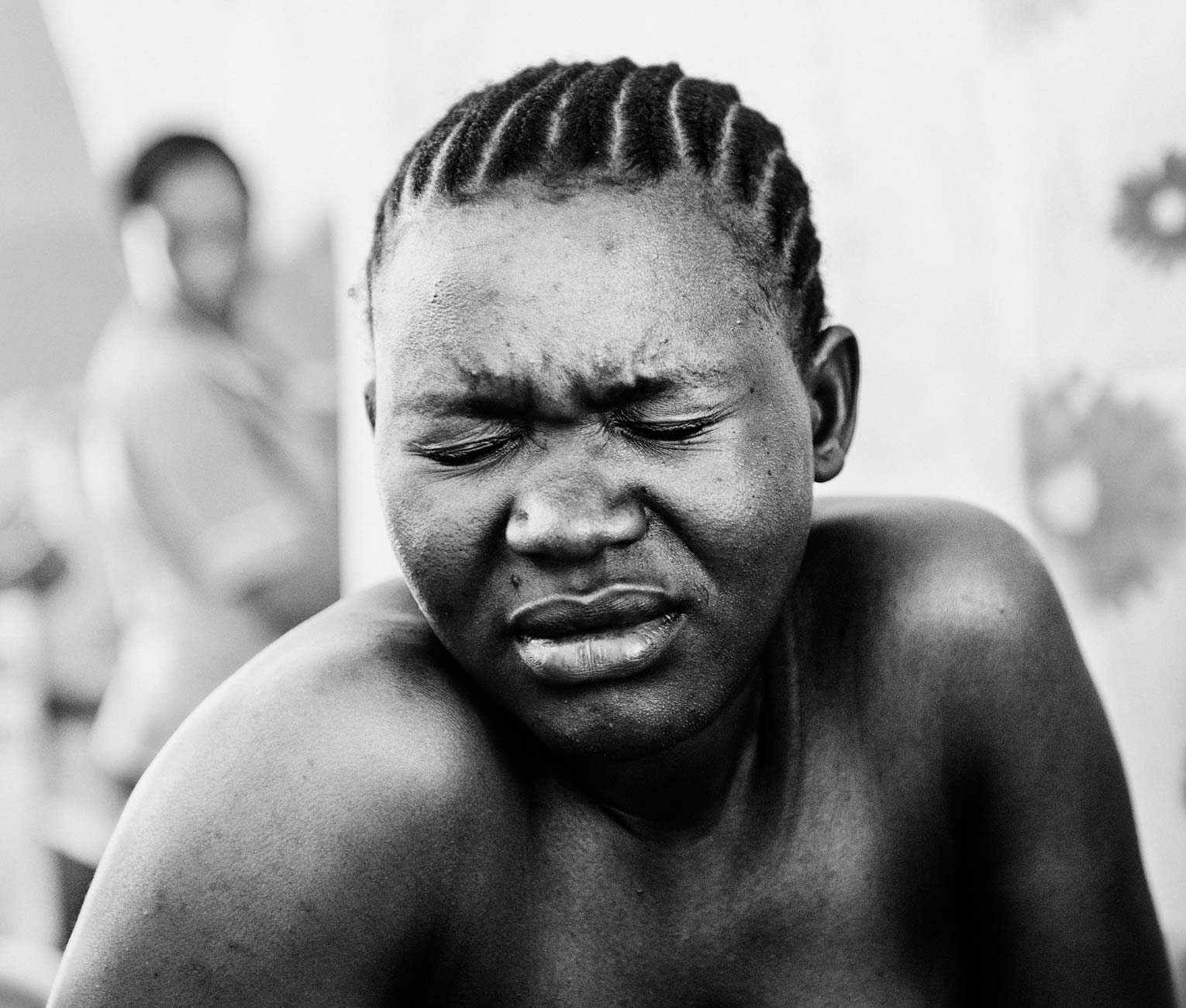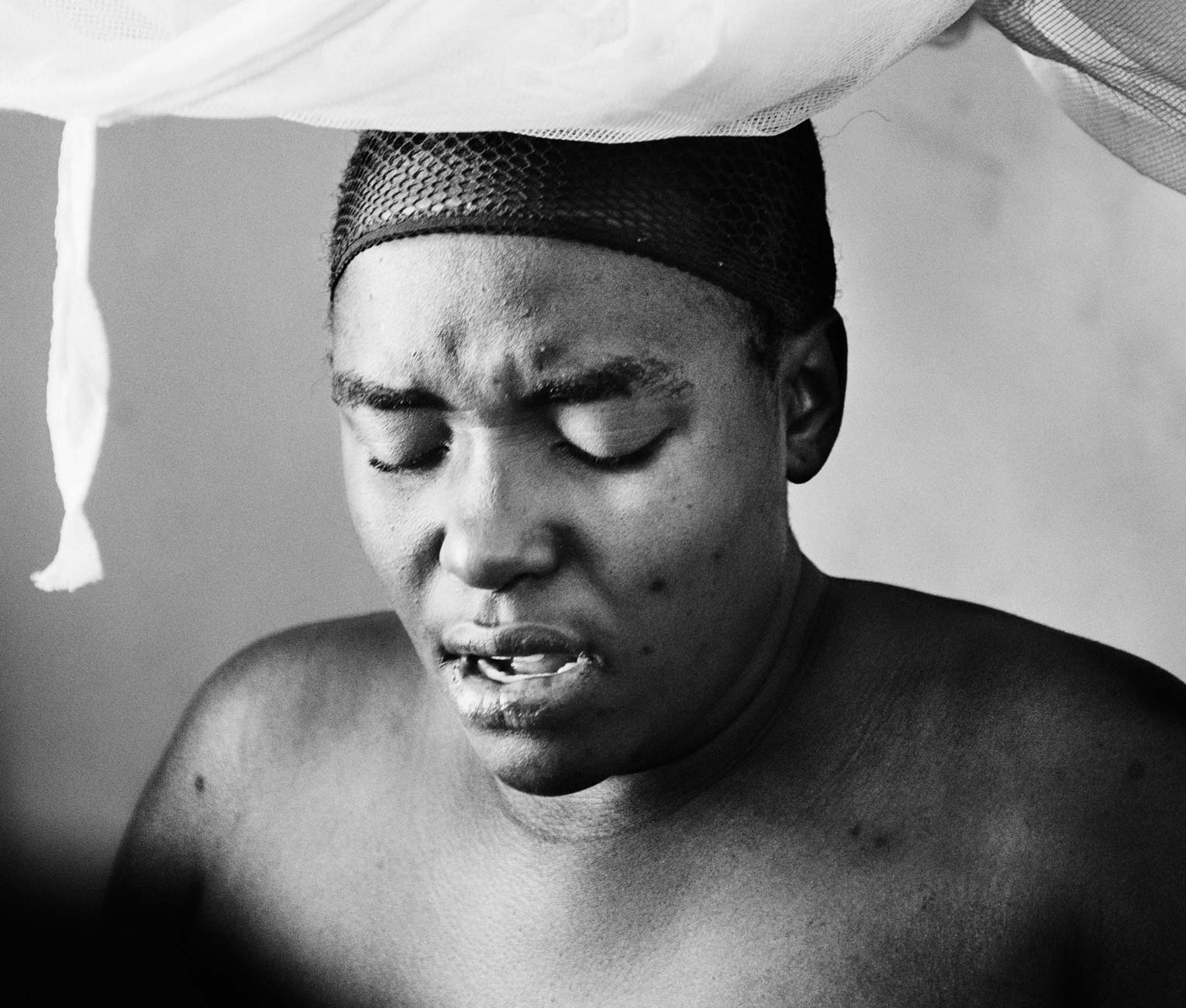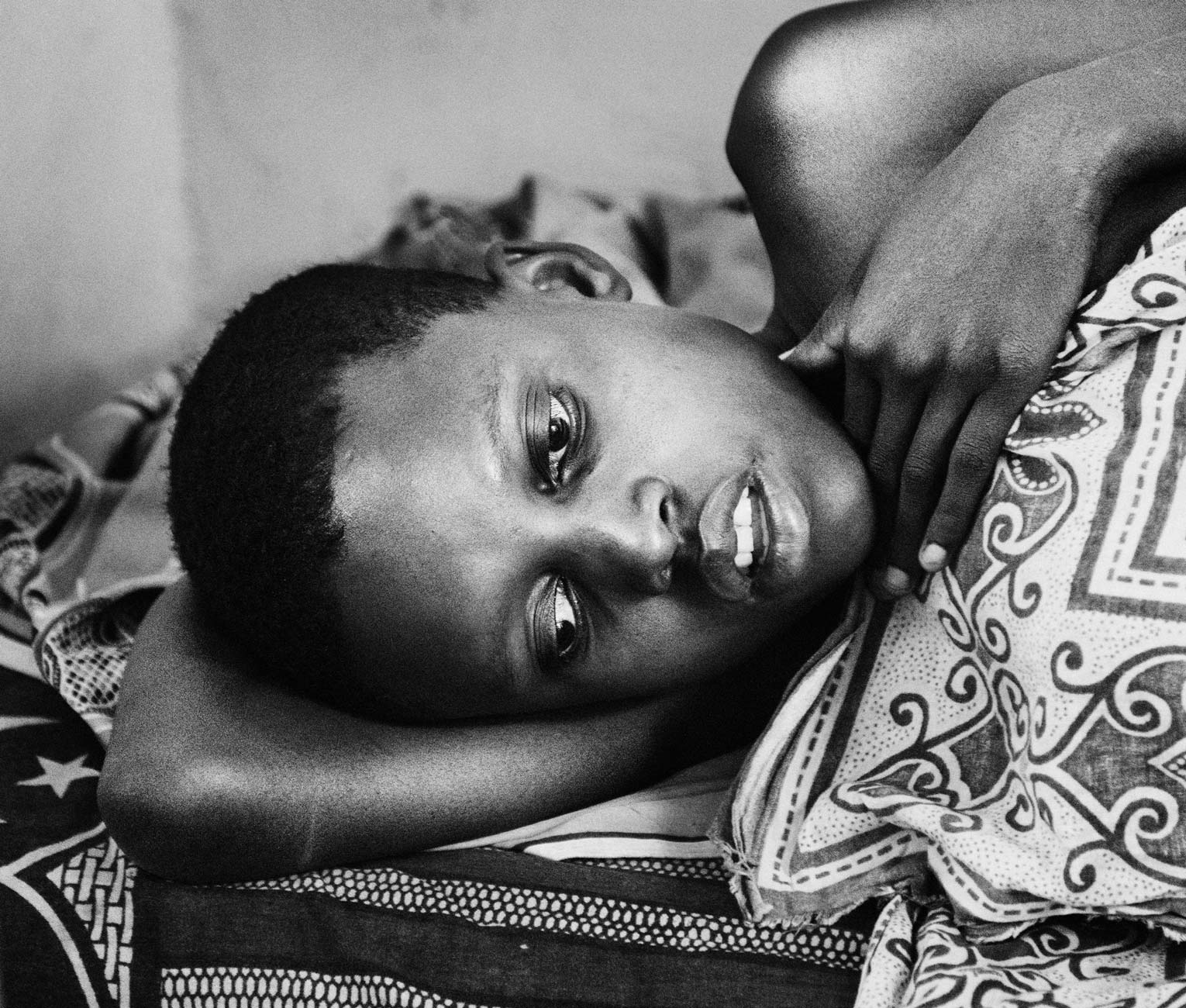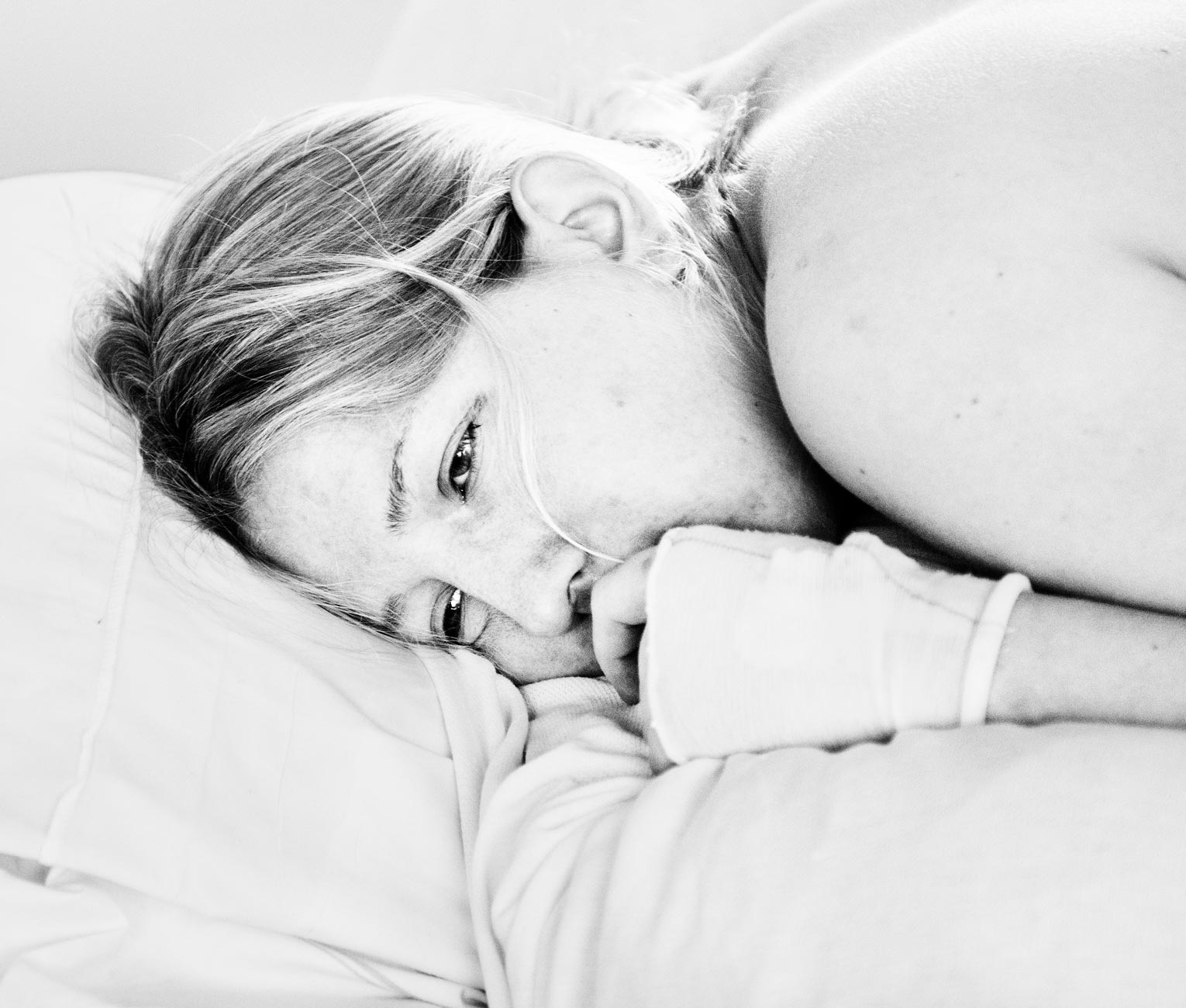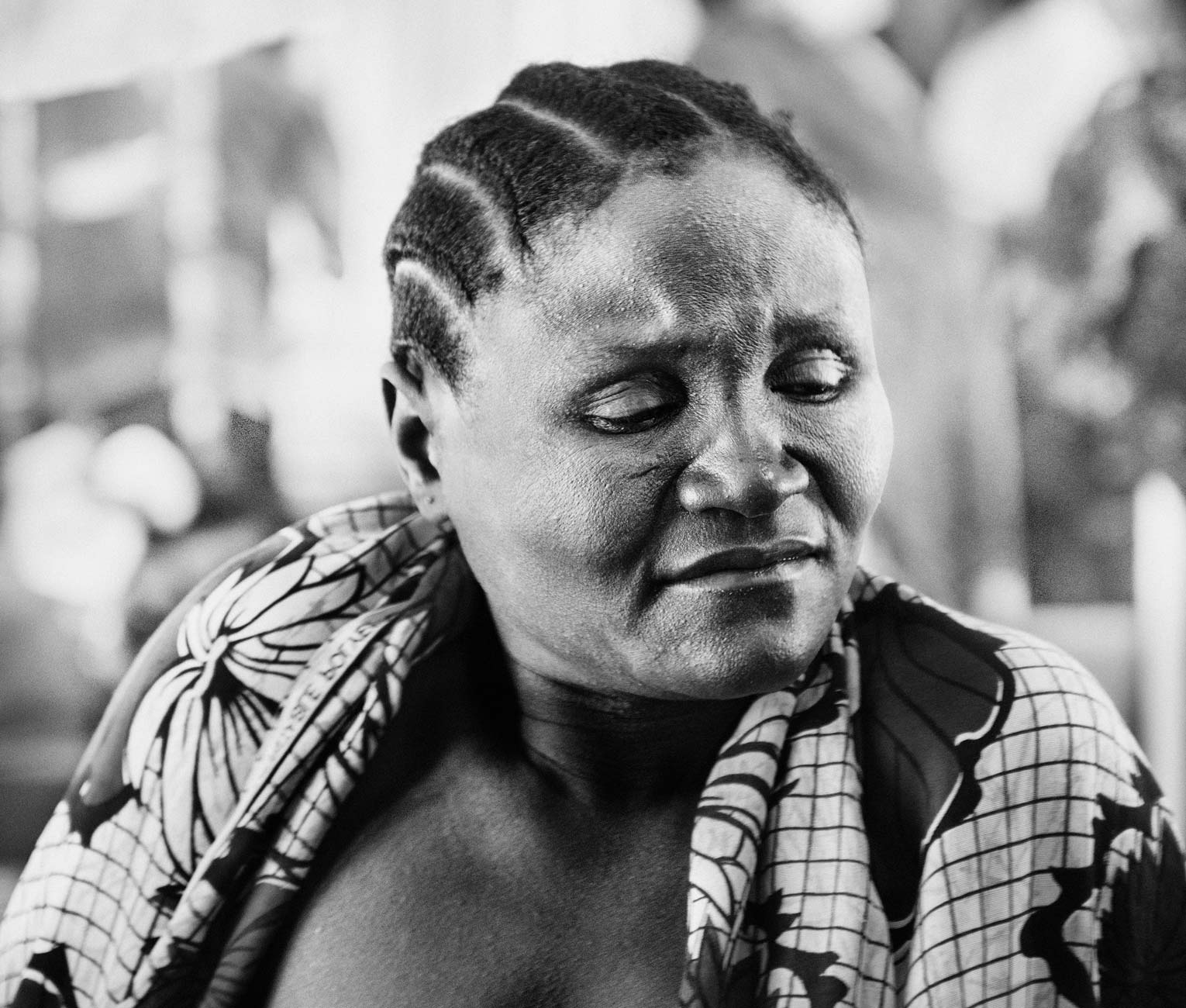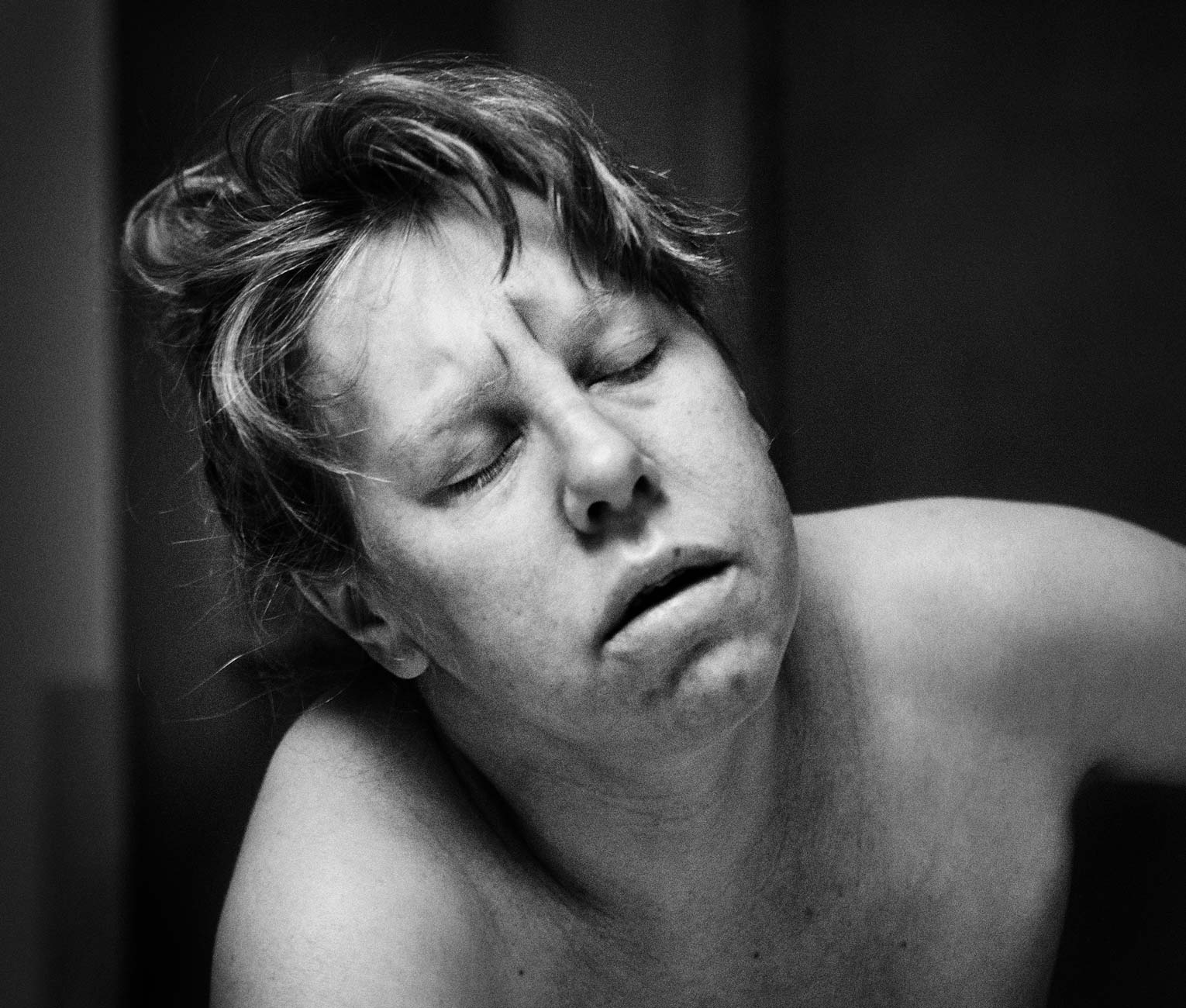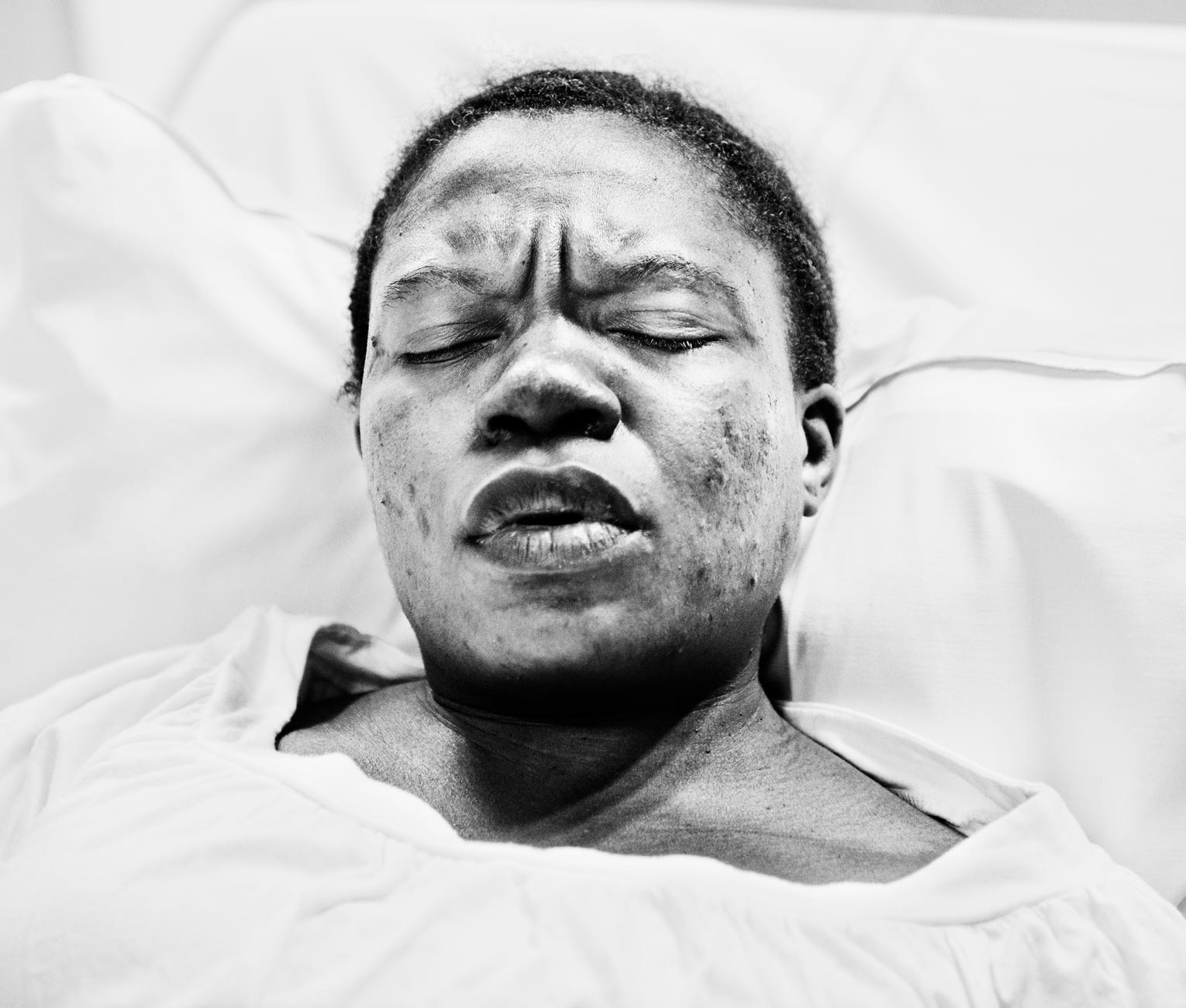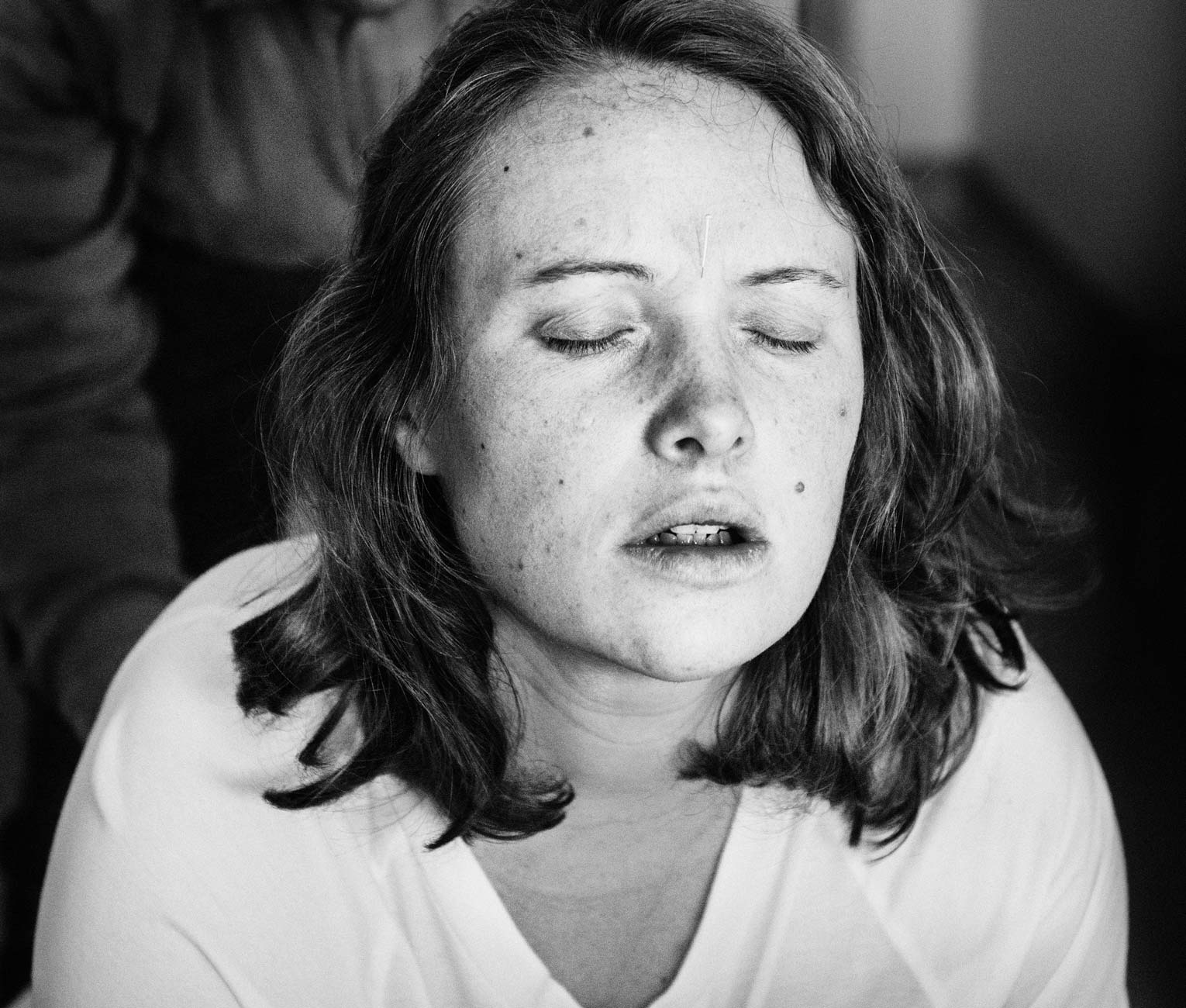09 Mar HUNDRED TIMES THE DIFFERENCE
HUNDRED TIMES THE DIFFERENCE
During their lifetime, the majority of the world’s women give birth to at least one child. Although everybody goes through the same phases physically, the external conditions are fundamentally different. I have photographed women in labor in Sweden, which has among the world’s lowest maternal mortality rates, and Tanzania, where the risk of dying in childbirth is a hundred times higher.
SWEDEN:
The curves of the baby’s heartbeats and the mother’s contractions go up and down on the computer screen, which is connected to electrodes attached to the child’s head. The woman about to give birth is lying on the public hospital’s white sheets, inhaling nitrous oxide through a hose from the wall. Next to her is her husband, stroking her back, talking to her supportively, helping her to focus on her breathing. Low music comes from the speakers.
Water and juice is on the table next to the height-adjustable bed. The woman has her own room and her own bathroom with a tub. Painkillers are available upon request. A midwife comes in and puts an acupuncture needle in the woman’s forehead.
A while later, an anesthesiologist gives her spinal anesthesia, which is used in nearly half of all births in Sweden. If something goes wrong, additional staff and specialists show up within minutes. Premature babies end up in a neonatal unit, where they can survive birth as early as week 22. In Sweden, the maternal mortality rate is among the world’s lowest: 4-6 in 100 000 women die during childbirth.
TANZANIA:
A nurse puts the stethoscope to the woman’s belly, analyzes her contractions and the baby’s heartbeat. No electrical equipment is being used. The woman about to give birth is lying on a bare, rusty bunk, covered in fabrics she brought with her. The water tap is not working, and even if it was, the water would not be drinkable. If she has to urinate there is a bucket on the floor.
There is no family member by her side, but three other women, on similar bunks and in various stages of labor, share the room. As they moan, the nurses tell them to be quiet. Since there are no painkillers, the women need to save their strength for the pushing in the end.
When complications inevitably arise, the lack of equipment and specialized staff becomes obvious. There is no special assistance for premature babies. In a corner of the room marked ”planned premature unit” stands an incubator from a Swedish university hospital. It has been out of order for several years. Instead, the staff uses the room for resting and changing clothes. They are in need of basic equipment such as an ultrasound, blood pressure monitors, baby formula, new hoses, an alarm, and additional staff.
Tanzania has among the highest maternal mortality rate in the world, around 400 deaths per 100 000 live births. The UN Millennium Goal 5, to reduce maternal mortality with 75% from year 1990 to 2015, was not achieved in Tanzania. The two most effective methods for improving maternal health are well documented: increased education in emergency obstetric care, and access to clinics across the country. Despite these known solutions, only half of all deliveries in Tanzania are performed in clinics with skilled birth attendants. Many NGO:s and midwives argue that the slow development is not about money but about priorities.



